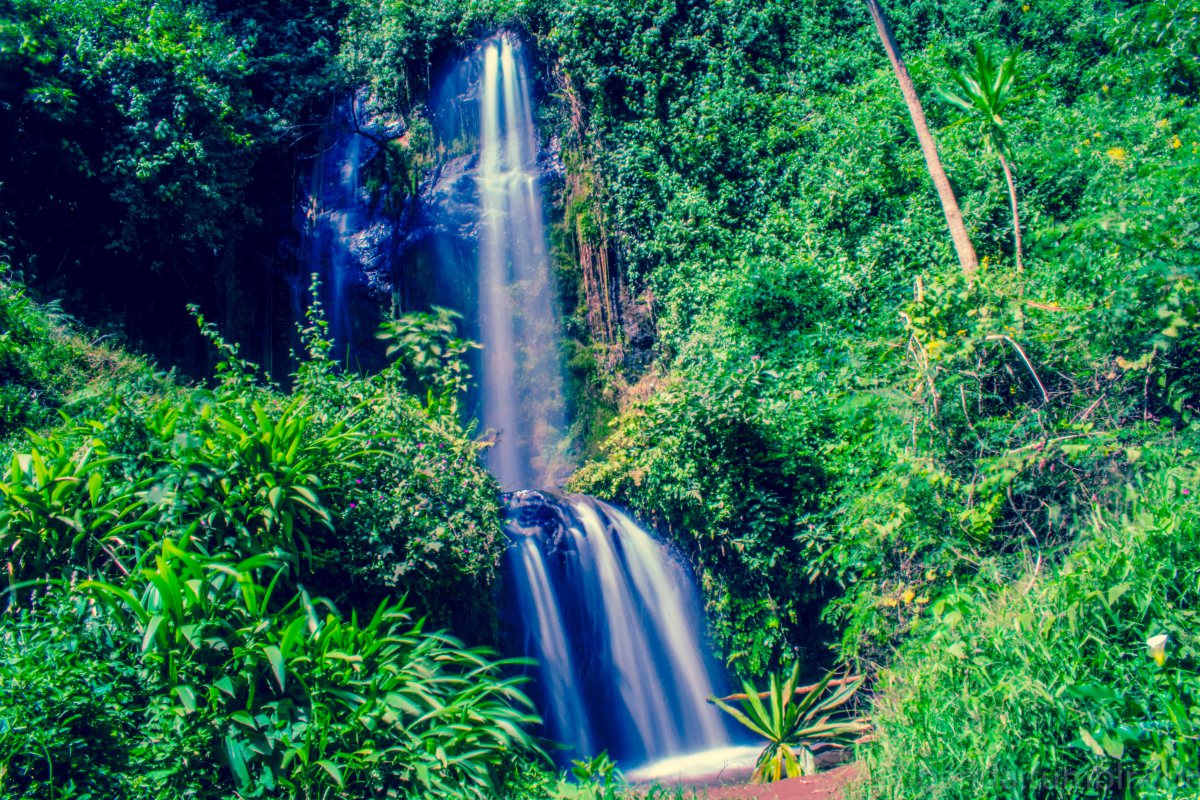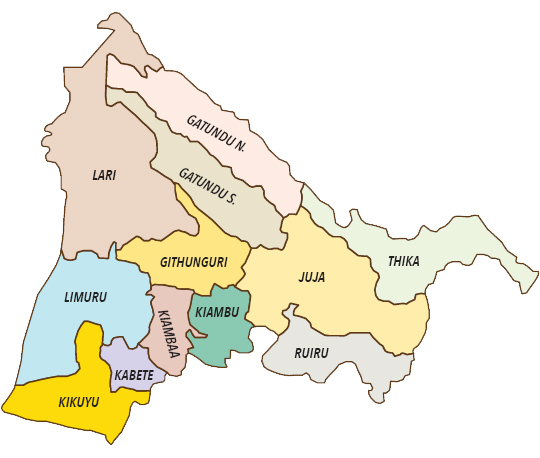Kiambu County is one of the 47 counties in the Republic of Kenya. It is located in the central region and covers a total area of 2,543.5 Km2 with 476.3 Km2under forest cover according to the 2009 Kenya Population and Housing Census. Kiambu County borders.
Nairobi and Kajiado Counties to the South, Machakos to the East, Murang‘a to the North and North East, Nyandarua to the North West, and Nakuru to the West as indicated on the map below. The county lies between latitudes 00 25‘ and 10 20‘ South of the Equator and Longitude 360 31‘ and 370 15‘ East.



